Ochlerotatus taeniorhynchus: A probable vector of Dirofilaria immitis in coastal areas of Yucatan, Mexico
Autor(es): Manrique-Saide, P.; Bolio-Gonzalez, M.; Sauri-Arceo, C.; Dzib-Florez, S.; Zapata-Peniche, A.
Resumo: Mosquito collections were done on microfilaremic dogs, positive for Dirofilaria immitis (Leidy), for 15 consecutive nights in Celestun, Yucatan, southeastern Mexico, during January 2007. In total, 275 mosquitoes (3 male and 272 female) of five species were collected: Ochlerotatus taeniorhynchus (Wiedemann), Ochlerotatus sollicitans (Walker), Culex quinquefasciatus Say, Culex interrogator (Dyar & Knab), and Aedes aegypti (L.). Oc. taeniorhynchus was the species most frequently collected, and it had the highest rate of feeding success and the highest attack rates. First (L1) and third (L3) instars of Dirofilaria were observed in all mosquito species collected except for Ae. aegypti: 23 of 223 Oc. taeniorhynchus, three of 40 Cx. quinquefasciatus, and one of six Oc. sollicitans and one of one Cx. interrogator were infected with Dirofilaria (10.3% of total examined mosquitoes). This is the first report of Dirofilaria (presumably D. immitis) isolation from wild-caught mosquitoes in Mexico. Results imply that D. immitis can develop from microfilaria to infective L3s in Oc. taeniorhynchus, Cx. quinquefasciatus, and Oc. sollicitans, but Us (infectious) were only recovered in beads of Oc. taeniorhynchus. Thus, Oc. taeniorhynchus can be considered a potential vector of dirofilariasis in Celestun, because infective L3 Dirofilaria were found in the vicinity of the mouthparts, and this mosquito has a strong association with microfilaremic dogs in this study area.
Palavras-Chave: Ochlerotatus taeniorhynchus; Dirofilaria immitis; Dogs; Microfilaria; Mexico
Imprenta: Journal of Medical Entomology, v. 45, n. 1, p. 169-171, 2008
Identificador do Objeto Digital: 10.1603/0022-2585(2008)45[169:OTAPVO]2.0.CO;2
Descritores: Aedes aegypti - Infectious diseases ; Aedes aegypti - Public health
Data de Publicação: 2008








